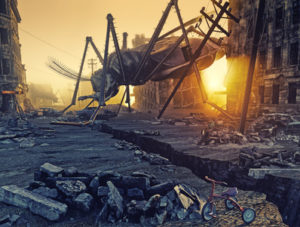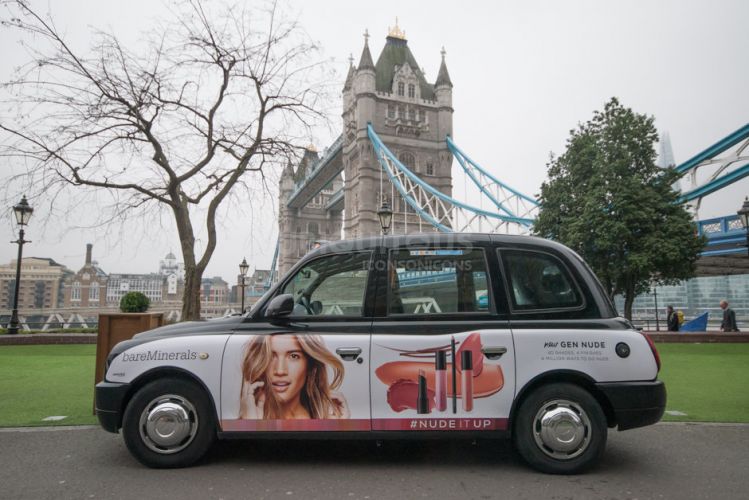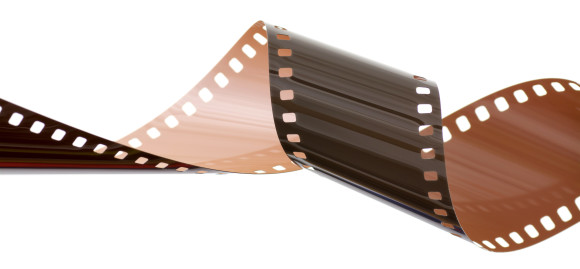Though increasing awareness of their place in Earth’s natural balance has changed perceptions slightly, insects and other pest animals remain among the most alien creatures on the planet. While this is not entirely reasonable, it does, however, make for some fairly spectacular movies that take advantage of these creatures’ frightening traits. Enough to make you want place an emergency call to the local pest control company. Here are among the top five of the lot featuring bugs or pests as the villain.
5) Them!
 The first of the lot is quintessential science fiction B-movie fare from the fifties when such films were produced as quickly as possible. This particular movie offers an unusual story of massive ants swollen to 12 feet high menacing the deserts of New Mexico and marching towards the metropolis of Los Angeles. When these gigantic horrors are revealed to be the products of atomic testing in the deserts, it drives home the true horror of the then modern age.
The first of the lot is quintessential science fiction B-movie fare from the fifties when such films were produced as quickly as possible. This particular movie offers an unusual story of massive ants swollen to 12 feet high menacing the deserts of New Mexico and marching towards the metropolis of Los Angeles. When these gigantic horrors are revealed to be the products of atomic testing in the deserts, it drives home the true horror of the then modern age.
4) The Deadly Mantis
Another gem from the 1950s, this particular movie is somewhat unusual in that the monster is not the product of atomic energy, yet no less frightening for people at the time when anything seemed possible as long as it was frightening. In this film, a gargantuan praying mantis is released from a polar ice cap melted by a volcanic eruption in the South Seas. Noticed by the early warning systems established by the United States military set up during the Cold War, the creature quickly becomes a menace to the land that seemingly nothing can stop.
3) The Black Scorpion
This 1957 film is notable for being both a Mexican and United States co-production, as well as having its special effects provided by the legendary Willis O’Brien, the man who brought King Kong to life. In this film, a pair of scientists go to investigate a new volcano, only to discover a strange and gruesome mystery. As it turns out, it is a pack of gargantuan prehistoric scorpions who terrorize a small village in Mexico. After one scorpion over powers the others, the mightiest of them all starts heading towards Mexico City itself.
2) Invasion of the Bee Women
A 1973 film, which managed to combined 50s atomic horror with 1970s sexual exploitation films, this film revels in titillating and shocking the audience of the time, though such things seem practically tame now. The film was written by Nicholas Meyer, who either wrote or directed three Star Trek films, The Day After and The Prince of Egypt. In this film, an army of beautiful women infested with a bee like hive mind created by a mad scientist murder men in pursuit of a sinister conspiracy.
1) Alien
Though only arguably about insects, the film does feature a creature that brings to mind the alien nature of insects. This is heavily due to the fact that the creature was designed by Swiss surrealist artist H.R. Giger. The film is dark and eerie, taking place on a single space ship where, much like insects, a single creature transforms the human built area into an infested nightmare.



